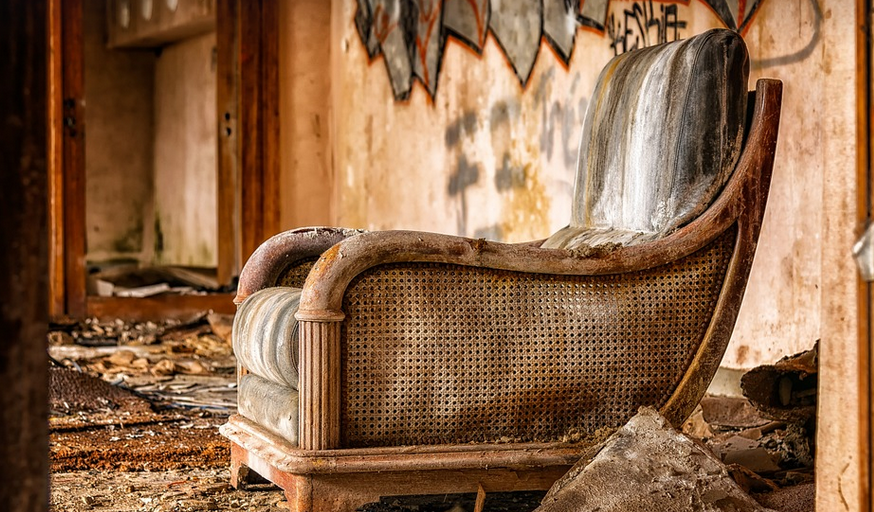Unlocking Efficiency in Any Project with a Reliable Bone Saw
Whether you’re tackling DIY home renovation, carving intricate masterpieces out of wood, or simply need to take down a stubborn sculpture, a bone saw is an invaluable tool. It offers precision cutting power that can transform even the most challenging projects into manageable feats. But finding the right one for your needs can feel like navigating a complex maze of options.
Fear not! This comprehensive guide will walk you through everything you need to know about buying a bone saw in 2024 and ensure you’re equipped with knowledge to make informed decisions. We’ll explore the different types of bone saws, their key features, factors to consider when choosing one, and where to find reputable sellers.
Firstly, let’s dive into the world of bone saw types: the most common variety is the manual bone saw, known for its robust construction and ability to handle large materials while requiring physical exertion. On the other hand, there’s the electric bone saw – a more automated option that removes the need for strenuous effort, yet it’s important to remember that these often come with higher costs.
Manual bone saws are known for their durability and cost-effectiveness. They offer excellent control over cuts, allowing you to meticulously shape materials with precision. These saws typically feature a simple design with minimal moving parts, making them easy to maintain and operate. However, they do require physical effort and might not be suitable for delicate tasks or fast-paced projects.
Electric bone saws, on the other hand, are powered by motors and offer increased cutting speed and efficiency. They’re ideal for larger scale cuts, handling thicker materials with ease, and minimizing fatigue. However, they usually come with a higher price tag compared to manual models. The electric option is particularly useful for those working with large or hard materials, but always remember that these require an electrical outlet.
Understanding the Anatomy of Your Bone Saw
Before you embark on your purchase journey, it’s wise to familiarize yourself with the key features that distinguish one bone saw from another. The heart of any bone saw lies in its blade: the tool that actually does the cutting.
The blade is crafted from high-carbon steel or other robust materials, ensuring durability and longevity. Different blades offer varying cuts: some are designed for straight lines while others excel at curves. For intricate work, specialized curved blades may be required. Take note of the blade’s thickness, length, and sharpness – these factors significantly influence its performance.
Beyond the blade, other components play crucial roles in a bone saw’s functionality: the saw frame, the guide mechanism, and the motor all contribute to efficient cutting. The saw frame acts as a foundation, providing structural support for the blades and ensuring stability during operation. The guide mechanism helps align the cut precisely, minimizing inaccuracies. And finally, the motor provides the power needed for the blade to move quickly, efficiently, and smoothly through materials.
Choosing the Right Bone Saw: A Tale of Your Projects
When choosing a bone saw for your specific needs, consider the type of projects you intend to work on. If you’re looking to tackle large-scale, structural demolition projects, an electric bone saw will be ideal for its speed and efficiency. For smaller tasks like carving wood pieces or intricate sculptures, a manual bone saw might be more suitable.
The size of the materials you plan to cut also plays a big role in your decision. If you’re working with thick slabs of wood, an electric bone saw with robust power and cutting capacity will be essential for efficient work. For smaller tasks or projects like carving intricate pieces, a manual bone saw might suffice.
Remember that not only the type but also the materials used in construction play a role in a bone saw’s durability and longevity. A well-built bone saw with high-quality metal components will offer better performance over time compared to a cheaper option made from less robust materials. Investing in a durable bone saw is an investment in your projects’ success.
Where to Find Trusted Bone Saw Vendors
With this understanding of the various types and features, it’s time to explore where you can find reliable sellers: local hardware stores, reputable online retailers, or specialized woodworking supply shops. These vendors offer a diverse range of bone saws, often with expert advice and support.
Before making your purchase, do your research on the seller’s reputation. Read reviews from previous customers to get insight into their product quality, after-sale service, and overall customer satisfaction. This will help you make an informed decision based on experience.


